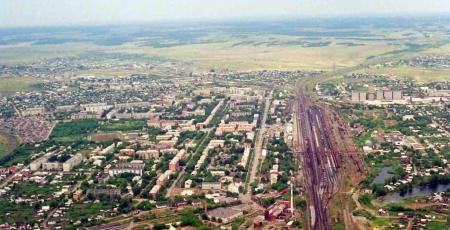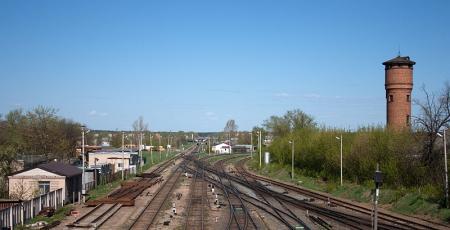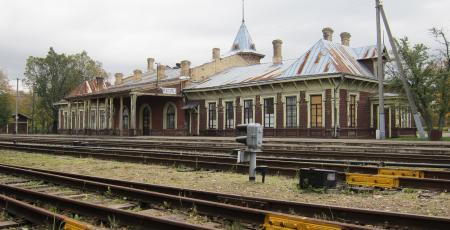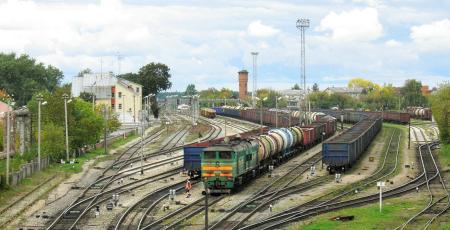Kartaly is a large railway junction in the Chelyabinsk region. It is located near the border with Kazakhstan, and there is also a railway border checkpoint. The railway junction has connections to...
The page shows the objects of the selected type, the design of which was performed in the selected period
950
projects completed
Site surveys for construction involve comprehensive investigations of natural environment of an area and/or a construction site.
Specialists of JSC Lengiprotrans design transport development master-plans, which includes activities associated with placement of all railway infrastructure facilities in accordance with the process solutions adopted. The design work includes environmental impact assessment and development of recommendations on environmental protection.
The page shows the objects of the selected type, the design of which was performed in the selected period
In the postwar years, Lentransproekt (since 1951 - Lengiprotrans) carried out extensive design work to restore water supply and sewerage facilities destroyed during the war. In particular, the...
Siauliai station is connected by suburban traffic with Mazeikiai, Radviliskis, Klaipeda, Panevezys, Rokiskis stations. Also, passenger trains on the directions Vilnius - Klaipeda, Vilnius -...
Daugavpils railway junction is a large junction in the second largest city in Latvia. It was formed in the second half of the 19th century on the former Petersburg-Warsaw railway.
In the post-...
Ventspils is an out-of-class railway station on the Ventspils - Tukums II line of the Latvian Railway. Here the transfer of goods from sea vessels to the railroad is carried out.
In the postwar...
Daugavpils is a junction station of the Latvian Railway.
In the postwar years, Lentransproekt (since 1951 - Lengiprotrans) participated in the design of the restoration of water supply and...
Pages








